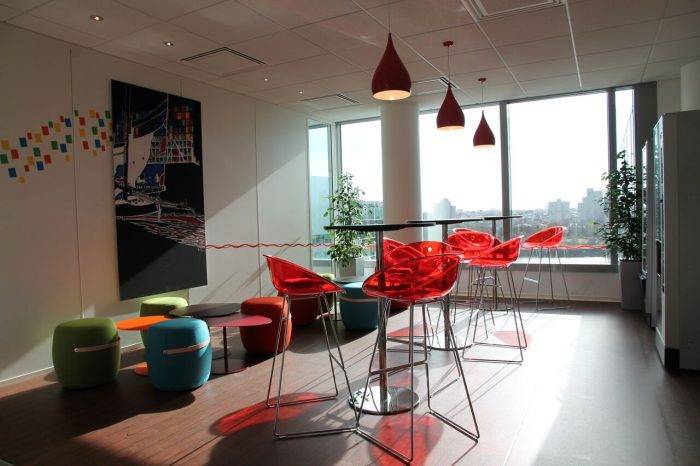December 13, 2016
US study projects massive shift to agile working model over the next decade 0
 By the year 2025, most workers (70 percent) and employers (68 percent) agree a majority of the workforce will be employed in an agile working capacity as contractors, consultants, temporary or freelance staff, according to a study released by Randstad US. The Workplace 2025 report of more than 3,100 workers and 1,500 HR and c-suite executives across the US found that as early as 2019, as much as 50 percent of the workforce will be comprised of agile workers, as nearly 4 in 10 (39 percent) workers say they are likely to consider shifting to an agile arrangement over the next two-to-three years. The study claims that this movement is fuelling an equally aggressive adoption of new workforce models that tap into both permanent and agile employees to combat staffing shortages, leverage globalisation and fuel greater innovation for organisations.
By the year 2025, most workers (70 percent) and employers (68 percent) agree a majority of the workforce will be employed in an agile working capacity as contractors, consultants, temporary or freelance staff, according to a study released by Randstad US. The Workplace 2025 report of more than 3,100 workers and 1,500 HR and c-suite executives across the US found that as early as 2019, as much as 50 percent of the workforce will be comprised of agile workers, as nearly 4 in 10 (39 percent) workers say they are likely to consider shifting to an agile arrangement over the next two-to-three years. The study claims that this movement is fuelling an equally aggressive adoption of new workforce models that tap into both permanent and agile employees to combat staffing shortages, leverage globalisation and fuel greater innovation for organisations.


































November 25, 2016
Reducing paper-weight is the key to maintaining a healthy business in the digital age 0
by Chas Moloney • Comment, Technology
(more…)